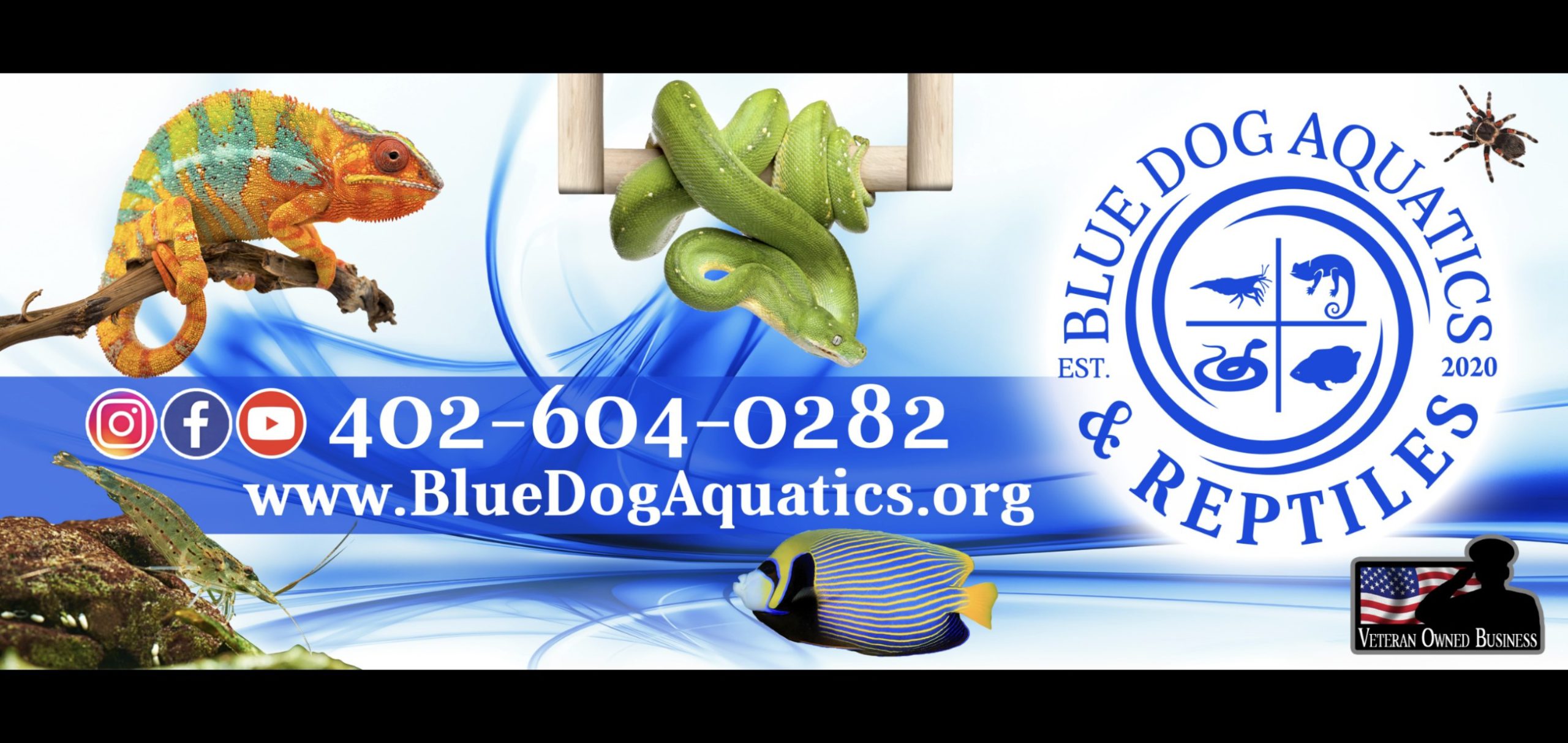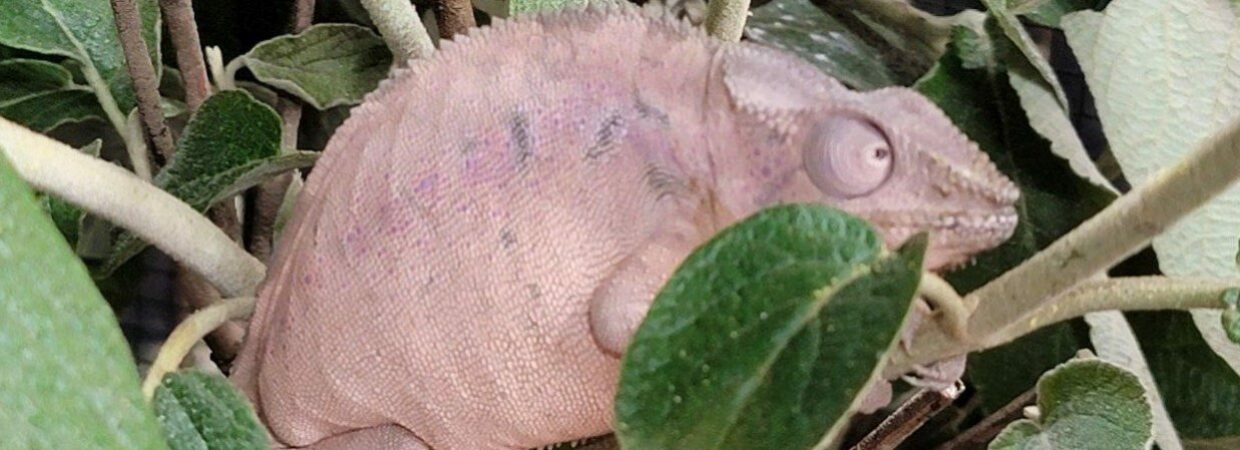Common Name: True Toad, American Bullfrog, Glass Frog, South American Horned Frog, Desert Rain Frog, Red Eye Tree Frogs, Poison Dart Frog, Australian Tree Frogs and Many more.
Scientific Name: Anura
Size: This totally depends on the type of frog. Most of your frogs won’t get more than 5” but there are some record breakers out there that are 10 pounds and 16” long.
Diet: Small frogs eat insects such as flies and moths, as well as snails, slugs and worms. They use long tongues and sticky saliva to catch prey that passes them by. Tadpoles eat algae in the ponds they grow in. As they grow, they feed on plants and small insects. Frogs eat spiders, grasshoppers, and crickets. They will eat almost anything that comes their way in the wild. What do frogs eat besides bugs? Other than bugs, frogs will eat animals smaller than them, such as fish, other frogs, and even small birds. There are also Frogs like the Pixie Frog that will eat Mice or rats as adults.
Lighting: Reptiles and amphibians need both UVB and UVA light to live healthy lifestyles. These are both types of ultraviolet (and UV) light. Each type of light has a different role to play in keeping your pet happy and healthy. Stick to bulbs that are rated at 6500K – these will produce a clean, white light. T5HO bulbs do a great job of lighting a vivarium, but the lighting will not extend to the bottom of a tall vivarium. T5 lighting is an upgrade to T8 bulbs. Remember to figure out how far the light is from the frog, so you don’t give them to much UVB or to much heat. Most Lights will have measurements on the back to tell you how far it needs to stay away from the animal.
Temperature: Clean the dish as needed and change the water regularly. Most frogs do well with a daytime temperature between 75°F and 85°F; nighttime temperatures should generally be above 68°F. Normal household temperature will be suitable much of the year. Now there are frogs that like warmer temperatures so please do research on the specific species you are looking at.
Humidity: Keep the habitat humidity between 50% and 80%. Use a hygrometer — a device that measures humidity. Once Again there are frogs that like higher humidity or frogs that like air humidity but not ground humidity.
Enclosure: Mostly found around wetlands, ponds and in tropical rainforests, water is incredibly important to frogs, with many species laying their eggs in large bodies of it, or simply using the moisture to maintain their slime layer. For this reason, most frogs are kept in glass terrariums. Most frogs can be kept in a 10– or 20-gallon terrarium. The configuration and size of the enclosure will depend on the number of frogs as well as their behavior and habits. For example, tree frog habitat should be relatively tall to allow for structure or live plants. There are tree frogs like glass tree frogs that will need a vertical tank and then there are ground frogs like Pac-Man Frogs that need a horizontal tank for more floor space.
Level of Care: Caring for frogs, specifically, can be very rewarding but also extremely frustrating. It all comes down to ensuring they have the perfect environment. The temperature, humidity, water quality and groupings need to be spot on. Frogs are very attuned to the seasons and weather. There are frogs like the Pac-Man Frog or Pixie Frog that are easy to take care of and then there are frogs like Waxy Frogs and Dart Frogs that require a lot more attention.
Cost of Care: Frogs are relatively cheap pets. The price of a pet frog may be less than $25 a month for their ongoing care. This will consist of buying insects–usually crickets–for them to eat, supplements for their diet, and replacement substrate. Setting up a Frog in a bioactive ecosystem will be very cost effective. It may cost you a bit extra in the beginning, but it will be lower work down the road, which saves time and money.
Does a Bite Hurt: The study found that small horned frogs, with head width of about 4.5cm, can bite with a force of 30 newtons (N) or about 3 kg or 6.6 lbs. This isn’t something you are going to notice unless you are bit by a larger frog like a African Pixie which has teeth. Best Role of Thumb, keep your fingers away from their mouth.
Misting: Excess humidity can lead to respiratory problems. I think misting once per day, which will cause the humidity to rise and then fall back down again, is plenty. Keep the humidity closely monitored as the seasons change, and if it drops below 70% for a couple of days, misting twice will not be too much. We Spray Twice a day however we watch the enclosure closely to make sure it is drying out during the day. Think of Humidity as a Roller coaster. When the lights come on in the morning you spray which spikes the humidity. Throughout the day it will slowly taper off and dry out, this is the rollercoaster coming down the hill. Then when you spray in the evening the humidity spikes again sending the rollercoaster back up the hill and once the lights shut off it will hold the humidity longer throughout the night.
How to Tell if Your Frog is Happy: You can’t just stroke your pet frog and ask him how his day was. Generally laid-back, it can be especially hard to tell. You can, however, recognize when a pet frog is feeling safe and content. This occurs when frogs feel their basic needs are met. Food, clean water, and shelter. Most Frogs are Shy and will stay hidden but will venture out if they have a safe place to retreat to if they feel threatened.
What Plants Can I Add with my Frog: Safe plants to use: calathea and anthurium species, pothos, and ficus vines, tropical gingers, and bromeliads. Tropical ferns are fantastic additions to most vivaria. They come in a wide array of textures and colors and thrive in the moist, humid conditions typically found in tropical reptile and amphibian enclosures. There are a wide variety of houseplant ferns that you can choose for your frog vivarium. For dart frogs, we suggest a few small to medium-sized bromeliads (they hold water and provide hiding spots for frogs), some vining plants that can drape down your background, a couple ferns, and some assorted tropical plants. Remember with Healthy Plants make sure to do trimming to keep them from becoming over grown.
Clean Up Crew: These are used to help balance the ecosystem. Most people use springtails and Isopods to help rid the enclosure of waste from frogs or dead wood. They can also help keep mold away, Frogs most of the time are in high humidity environments so mold can make an appearance. IF you have a thriving Springtail culture, they will keep it at bay.
Veterinary Check Up: You should also set aside money each month for eventual vet visits which can run a few hundred dollars. Yearly exams are needed to check for parasites and general health. A parasite check is also needed prior to brumation. And always check with a vet if you suspect any health issues.
Please Do Your Research on the Species of Frog you are Interested in Before Purchase

